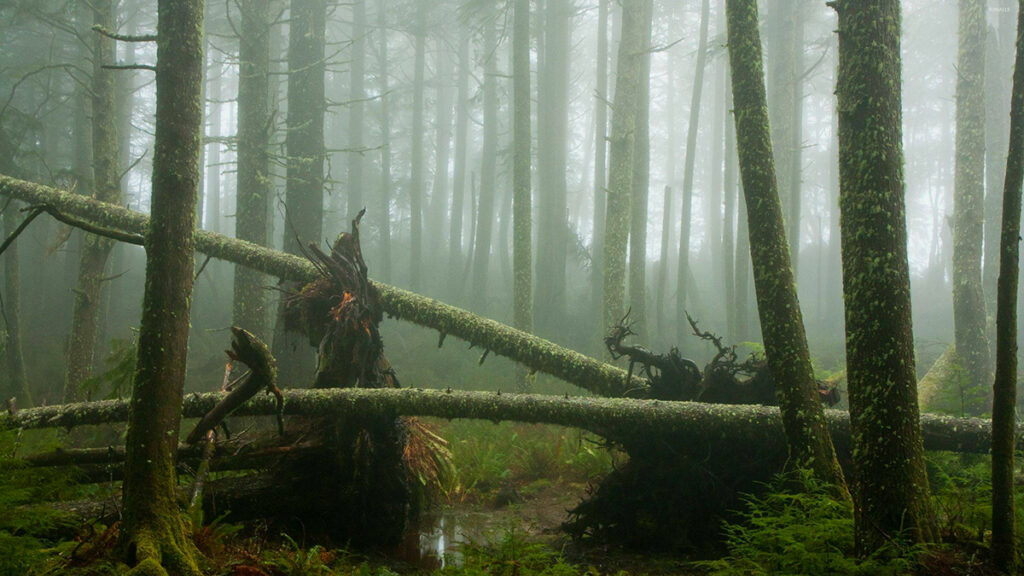Opinion
It’s conveniently forgotten now, but Frank Herbert’s Dune didn’t always enjoy the “SF Classic” status it does today. First published, as many SF novels were at the time, in serial form in a magazine, it struggled to find a book publisher. Its first book appearance, after more than twenty rejections, was a flop with readers and critics alike. The editor who took it on was fired. But it gradually acquired cult status, and finally sales and critical acclaim. The failed first edition is now extremely valuable, fetching tens of thousands of dollars.
An aspect of Dune that particularly grabbed readers in the late 60s was its attention to the ecology of its fictional world. This was certainly unique at the time: where J. R. R. Tolkien (to whom Arthur C. Clarke compared Dune’s attention to world-building) constructed an even-more elaborate world, he also admitted that his grasp of geology and ecology was lacking. How accurate, though, was Frank Herbert? It turns out, surprisingly so.
When “Dune: Part One” came out in 2021, University of Bristol meteorologist Alexander Farnsworth and several other scientists used a weather-prediction climate model to simulate the conditions of Arrakis.
They input everything they could find from The Dune Encyclopedia on the planet’s geographical features, atmosphere, and astronomy.
There were a few places where the team’s model differed from the book’s descriptions, like the weather at the planet’s poles and tropics, for example.
Overall, though, Farnsworth said he was impressed by the world Herbert created.
“I think what surprised me most was overall how accurate Frank Herbert was in envisioning a desert world without having a physics background or a supercomputer to run any sort of calculations on,” he said.
One major difference they found was that their model projects that the tropics of Arrakis would be more hospitable than the poles.
The temperatures would be milder year-round.
At the poles, the temperatures ranged from 158 degrees Fahrenheit in the summer to -76 degrees Fahrenheit in the winter. Meanwhile, temperatures at the tropics would range from 56 to 113 degrees.
“So [at the poles] it is not just heat stress but also cold stress that living things would have to contend with,” on a real-life Arrakis, he said.
Therefore, if you could pick, you’d want to live near the equator on Arrakis.
But: could anyone actually survive on a planet like Arrakis (supposedly the third planet of the star Canopus)?
While it would require some ingenuity and technology, it wouldn’t be impossible, according to scientists we spoke with.
“There are populations that have lived for centuries and even millennia in deserts,” Seth Collings Hawkins, a wilderness medicine specialist with Wake Forest University School of Medicine, told Business Insider.
“There are so many factors that make Earth habitable to humans,” Amy J. Kreykes, an aerospace medicine expert at the University of Texas Medical Branch, told BI.
Arrakis is completely dry: no oceans, lakes, nor so much as a puddle on its surface. In that respect, it’s most similar to places like the Atacama — yet, plants and animals do indeed live in that driest of climates. With the advantage of Dune’s “stillsuits”, which capture and recycle bodily perspiration and other fluids, a human could stave off dehydration for some time.
“You would probably get heat stroke before you would die of dehydration,” Hawkins said.
“The most feared consequence of being out in that environment is heat stroke, which is literally cooking of the brain,” Hawkins said.
This is why real-life desert dwellers tend to wear all-encompassing clothing.
“It really seems paradoxical [to cover yourself], but we know now that a lot of the problem is the radiation and the heat exposure from the sun,” Hawkins said […]
Certain fabrics are both breathable and good at reflecting heat. Integrating heat-conducting materials into clothing can help, but you would still want some kind of internal fan or air conditioner, Hawkins said.
And, yet again, the media just can’t let anything go without shoe-horning in a dose of climate alarmism, no matter how ludicrous or irrelevant.
As Earth continues to warm in the face of climate change, excessive heat and water scarcity will continue to affect not only humans but plants and animals worldwide.
One reason for the popularity of “Dune” and similar speculative fiction, Hawkins said, is because we can see elements of our own futures in it, “and I do think that this story has that message for us.”
Business Insider
Oh, fuck off, you cultist loons. Can’t we enjoy anything without your egregious idiocy?
And you’re flat-out wrong: a warming climate is a wet climate on Earth. It has always been so throughout the planet’s geological history, and it’s still true today. In the past decades, the Earth has greened remarkably. So much so, that the Climate Cult are resorting to ever-more desperate circumlocutions to try and explain it away.
If anything, Earth’s near future is Dagobah, not Arrakis.


